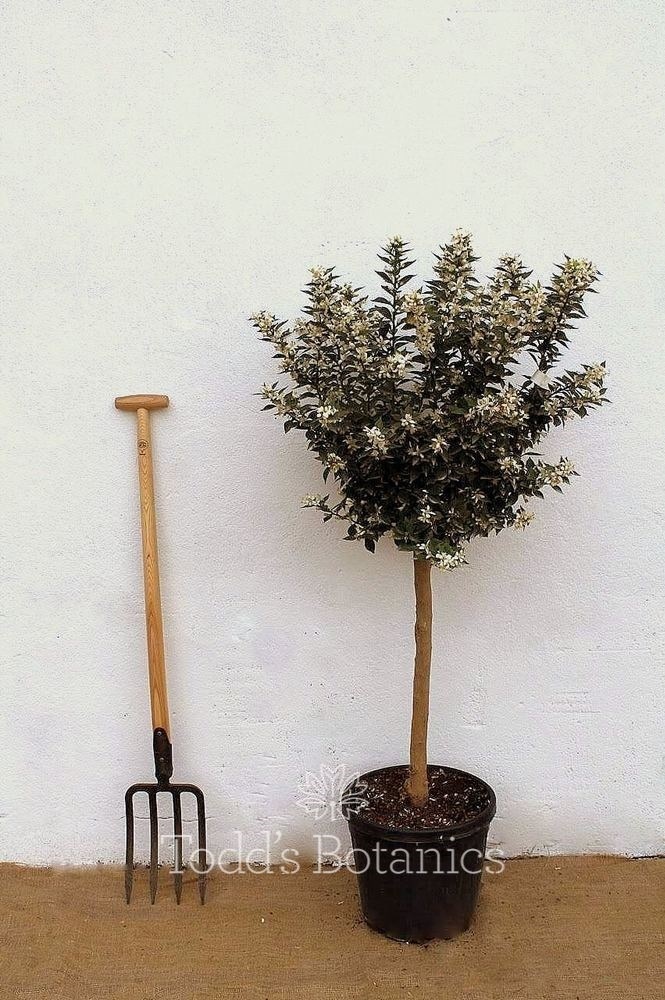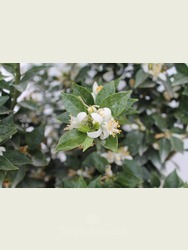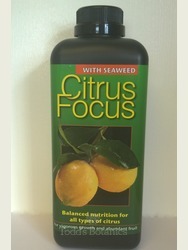Chinotto orange or Citrus myrtifolia, these lovely orange trees have really unusual shaped leaves, which are tiny, leathery and pointed but there are so many of them, making the canopy really very bushy and attractive to look at, the Chinotto is also a thornless variety of Citrus. Citrus Chinotto flowers and fruits prolifically and has proved to be a very easy and resilient citrus tree to look after, the fruits are slightly bitter and in Italy are used for flavouring Campari and the 'Chinotto' carbonated soft drink.
The Citrus myrtifolia will happily grow in a container or pot, and in very sheltered locations like London and the south of the UK, the ground. We include a care note outlining the feeding and watering requirements, with every tree we send out.
Where more than one tree is ordered we will do our best to match up trees to work well together. Citrus, like other standards will look great in terracotta pots we recommend http://www.vasotoscano.com/ for beautiful frostproof terracotta pots.
There are currently no reviews for this product.
Be the first the write a review.
Please Log in or Register to write a review-
Situation Open Close
In this country we need to grow Citrus in containers or planters, so they can be moved indoors where they will have shelter from the low winter climate.
Once indoors for the winter, they like a drier winter rest with an even cool temperature (frost free) and good light levels. In summer, they can be stood outside in the sunshine. A good time to do this is when all risk of frost has gone and night time temperatures are not too low. Start off in a semi shaded spot and then move into full sun, (over a week) this is to avoid leaf scorch.
-
Feeding Open Close
Feed Citrus with a propriety Citrus fertilizer, in spring use a high nitrogen Citrus feed, and in mid-late summer use a more balanced Citrus fertilizer.
-
Pruning Open Close
If the tree needs to be shaped, in spring give a light prune and this will help promote more bushy growth further along the branches, flowers will still be produced.
-
Flowering Open Close
The flowers do not need artificial pollinating, as they are self-fertile. Fruiting occurs once the flowers have set, its best to remove some of the set fruit as too many on one branch can often weigh the branch down. The fragrant flowers appear all year round, but are especially abundant in late winter, and fruit ripens up to 12 months later, so they often flower and fruit at the same time.
-
Watering Open Close
In the winter spray the leaves with a little water every now and then to keep up the humidity.
In summer/growing season water with care, only water when the compost starts to dry out, this could be daily in warm dry weather or less often in more cloudy conditions. Do not over water.
-
Potting Open Close
When its time to repot, just increase the pot size by a little, using a potting medium of John Innes No2 or No3.
-
Pest and diseases Open Close
Citrus can be attacked by pests as any conservatory plant can. The most common are scale insect, mealy bug and red spider mite. These can be treated with a proprietary chemical or biological control.




